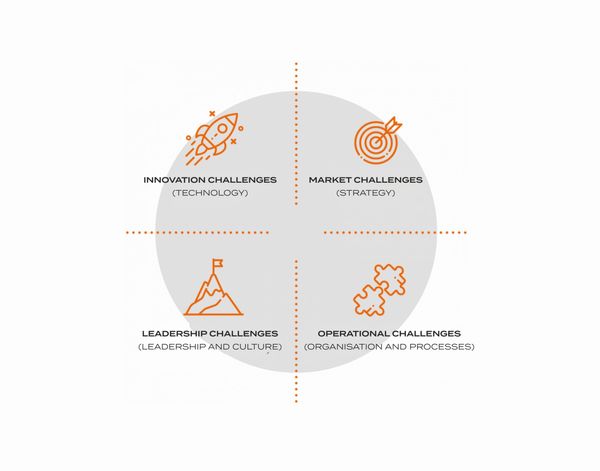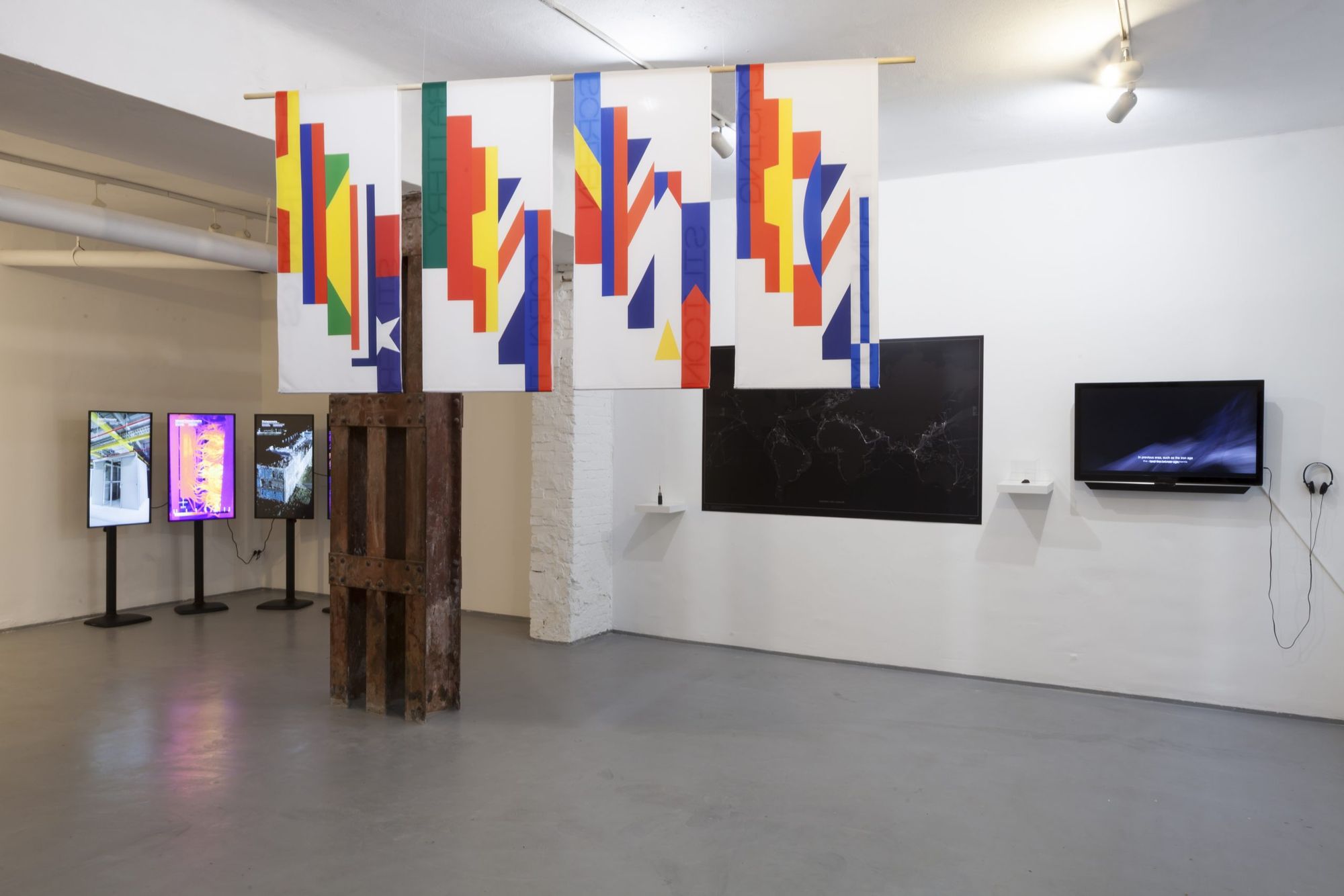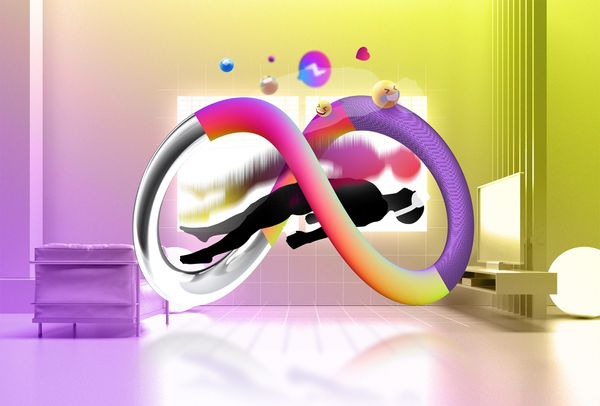When the issues of sustainability and ecological crisis started to gain public attention, emotive images such as the straw stuck in the turtle’s head demystified the common belief that rubbish ceases to exist as soon as it is thrown away. The impact of our material culture on the environment, if far from being resolved, at least becoming generally known. But what about the global information network, our online interactions, our storage space, the sustainability of the virtual world? How much longer do we believe that digital dumping has no environmental impact?
The Beyond the Cloud exhibition is open until 17 November at Gallery 111.
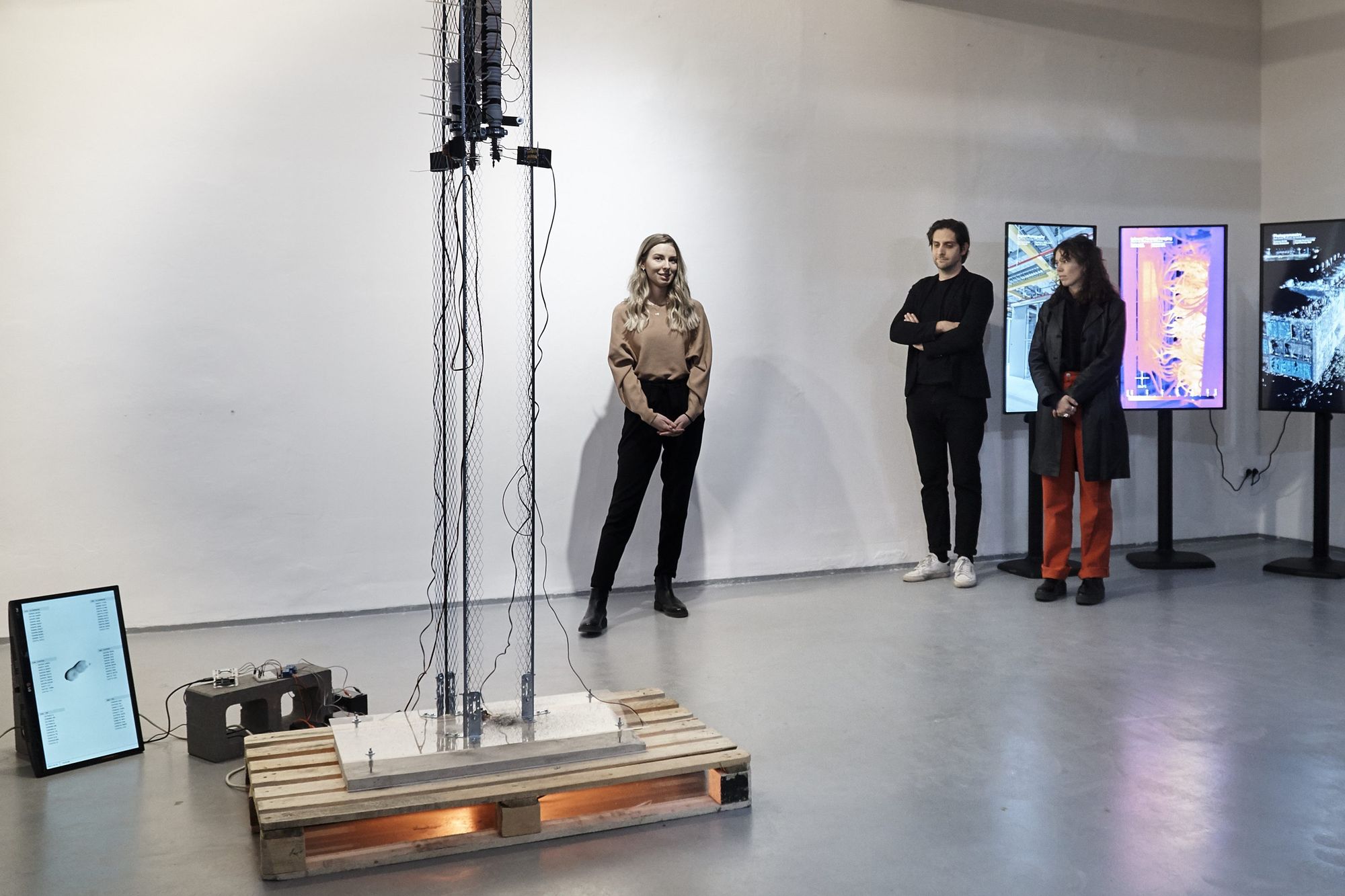
Noemi Viski, the curator of the exhibition, realized the Beyond the Cloud in the framework of Deák Erika Support Program. She examines the ecological origin of information technology through the works of contemporary artists and designers. Her aim is to point out that the virtual world also feeds off the Earth in the form of cables running deep in the ocean, exploited lithium deposits and digital devices that will only serve us for a few short years due to planned obsolescence. “The first plans were born in a course I took at university, where we were focusing on the future of design culture and the embedding of technology in everyday life. We had to use different catchwords for our exam papers, and I was given the terms environment and climate. That was when I became more interested in researching the relationship between information technology infrastructure and our planet. At the same time, I was involved in the organization of an exhibition entitled Allegories of an Automated Present, where we presented the work of Vladan Joler. Among other things, Joler’s infographics explore the working conditions and ecological processes that are involved in the production, operation and disposal of smart devices. We wanted to find out what other ways there are to illustrate the materiality of digital technology, and who are the young artists and designers, both national and international, who are focusing on it,“ Noémi told us.
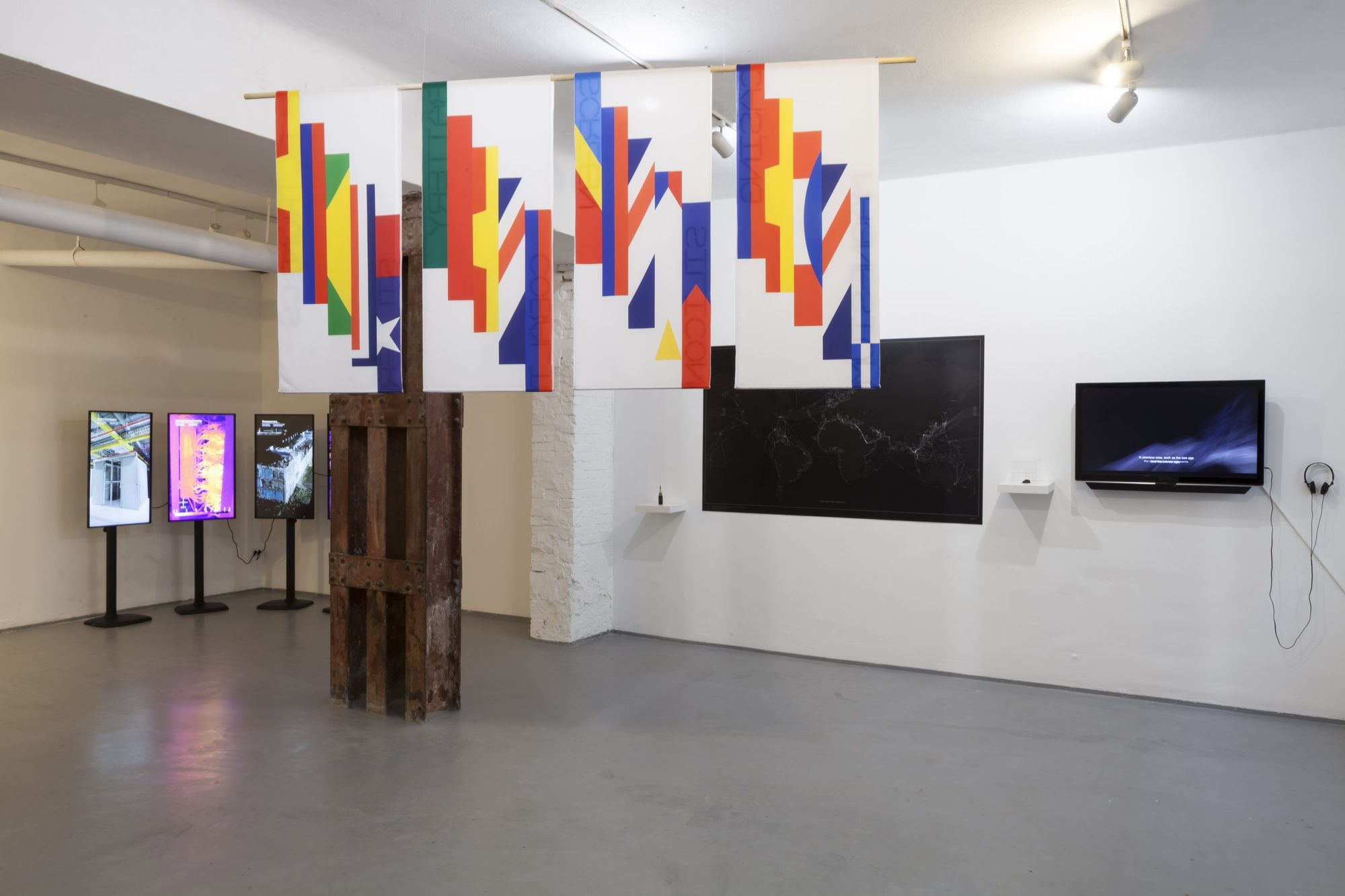
Bendegúz Batke’s textile flags, for example, respond to the natural deposits of the vast number of chemical components needed to manufacture a smartphone and the conflicts in production chains. Anna Diljá Sigurðardóttir visualizes the physical reality of global communication, the submarine cable networks. Dániel Dublecz uses infographics to draw attention to the problem of digital data hoarding and comes up with an idea for an artificial data degrading organism. The installation by Kata and Zsuzsa M. Kállai is powered by the continuous flow of data from the London Metal Exchange, and it is degraded during each transaction. And Lucas de Ruiter, as it follows from the title of the exhibition, looks at the physical manifestations of the cloud. In reality, it’s a huge warehouse full of computers that burns a tremendous amount of energy. “The exhibition is meant to show the processes and phenomena that remain hidden from the user. I believe that these works—and art in general—have the task of drawing our attention to real states of emergency, to phenomena that have not been critically examined before, and to change our mentality,“ Noémi concludes.
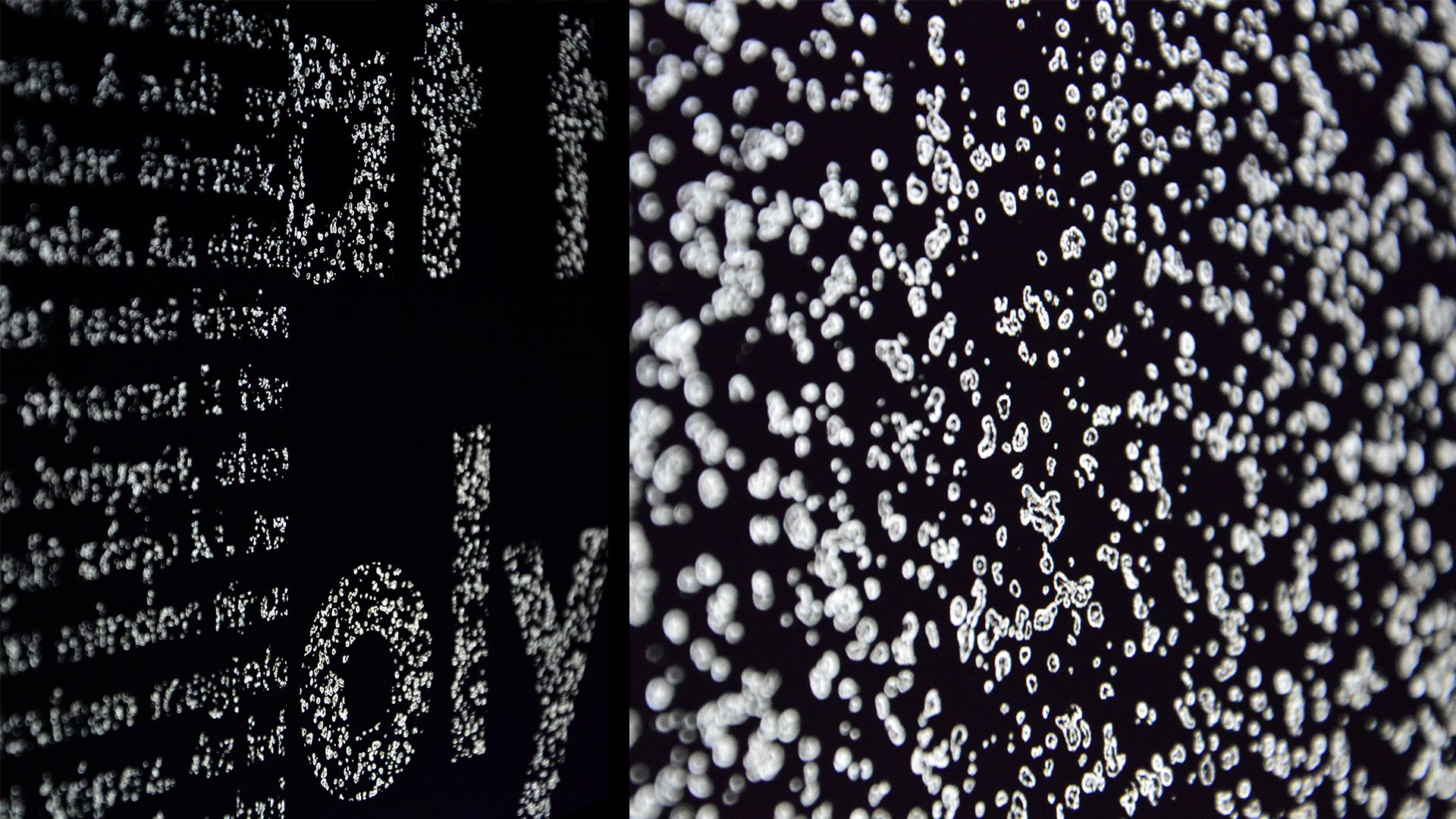
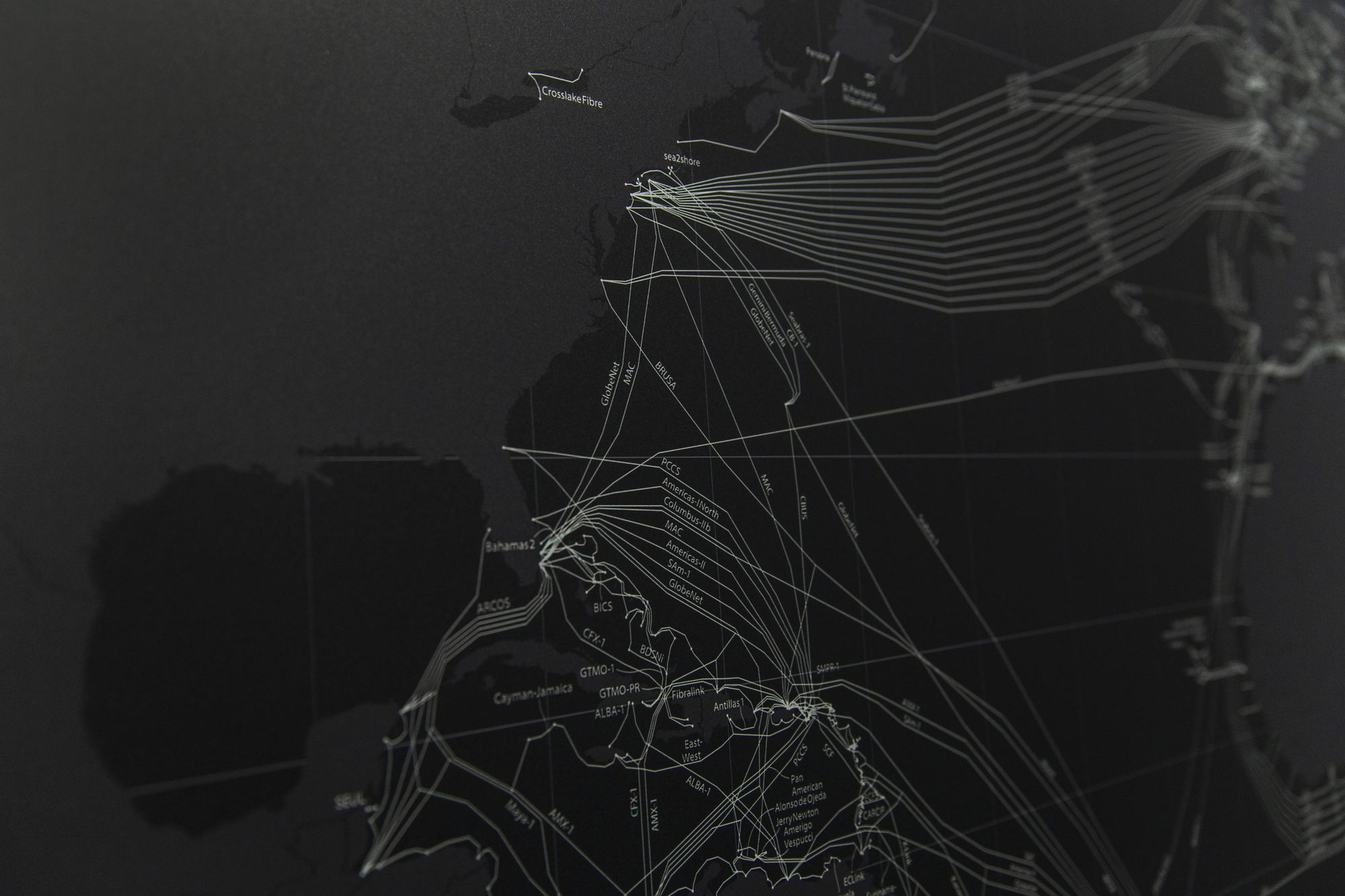
The exhibition was opened by Ákos Schneider, aesthete and design writer, who teaches the aforementioned course at MOME. In his speech, he approached the problem of Beyond The Cloud from a linguistic point of view, from the concepts of the Internet age, and made it three-dimensional. ”As far as I know, data clusters have nothing to do with galaxy clusters, data streams have nothing to do with water streams, frost has nothing to do with freezing, Bitcoin mining has nothing to do with mining the earth. And the worm? What worm? An overtwisted letter “a” that is confusing to write down every time. We didn’t learn it in writing class. And the cloud? What cloud? Content falling anywhere, anytime (…) Exhibitors at Beyond the Cloud follow a creative strategy that aims to de-emphasize the user experience, proving the ”software doesn’t exist” thesis rather than metaphor-making. Every cryptocurrency mined, email sent, social media profile created is embedded. It is made of matter, of ”nature”. Perhaps data clusters are somehow related to galaxy clusters after all, data streams to water streams, networks to spiders, Bitcoin mining to mining the earth. To unravel the materiality of digital culture, to break down the imaginary wall between natural/artificial, to demystify the majestic, floating cloudiness of network technology; these are all inevitable tasks of the post-internet generation of the ecological crisis.
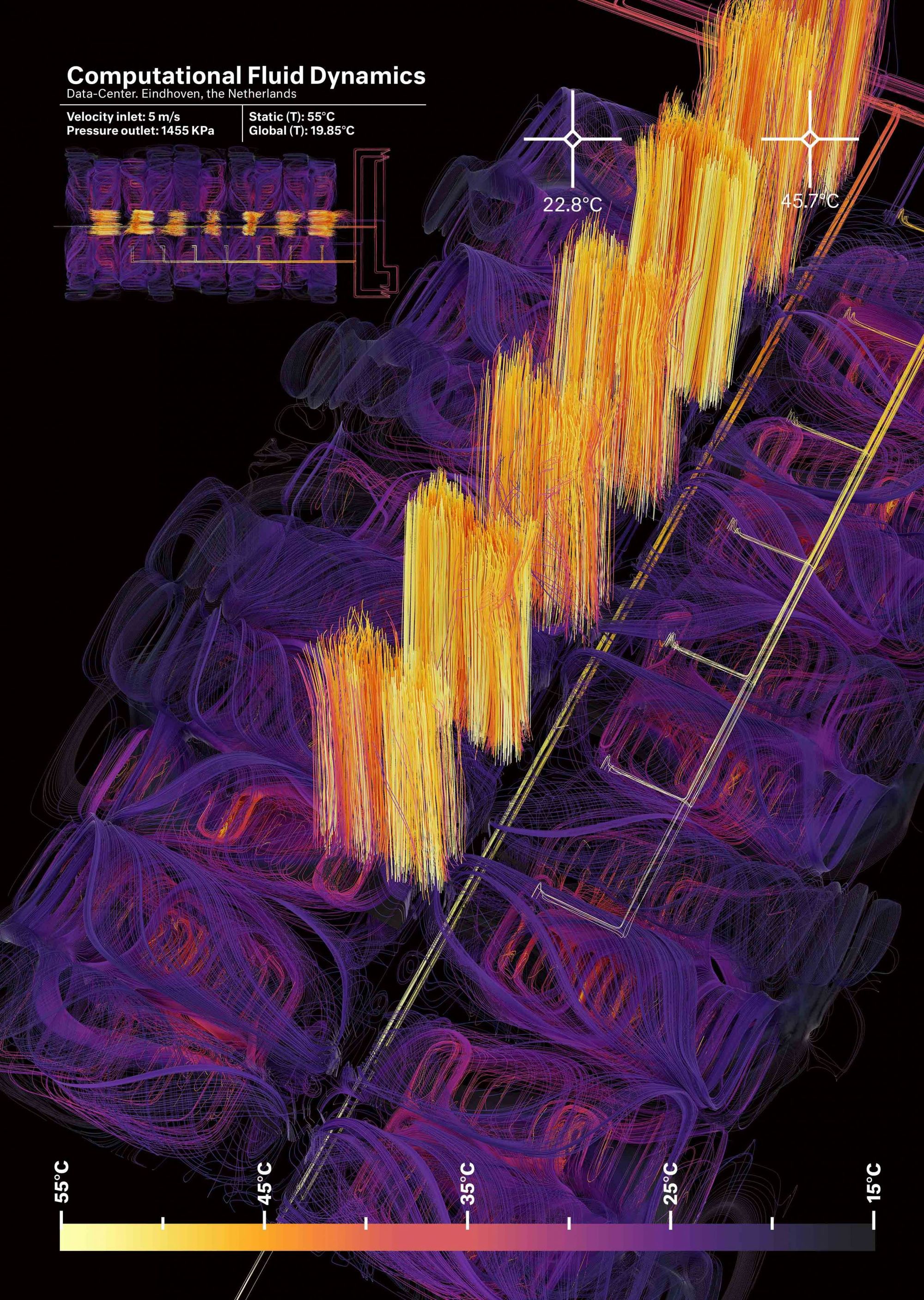
And this is exactly the mission of the exhibition, to demonstrate the true weight of the cloud. Doing so without finger-pointing, without personalization and without pretentious elements. Yet it has the potential to crawl under one’s skin and, optimally, become a catalyst for critical examination of the topic and for digital sustainability.
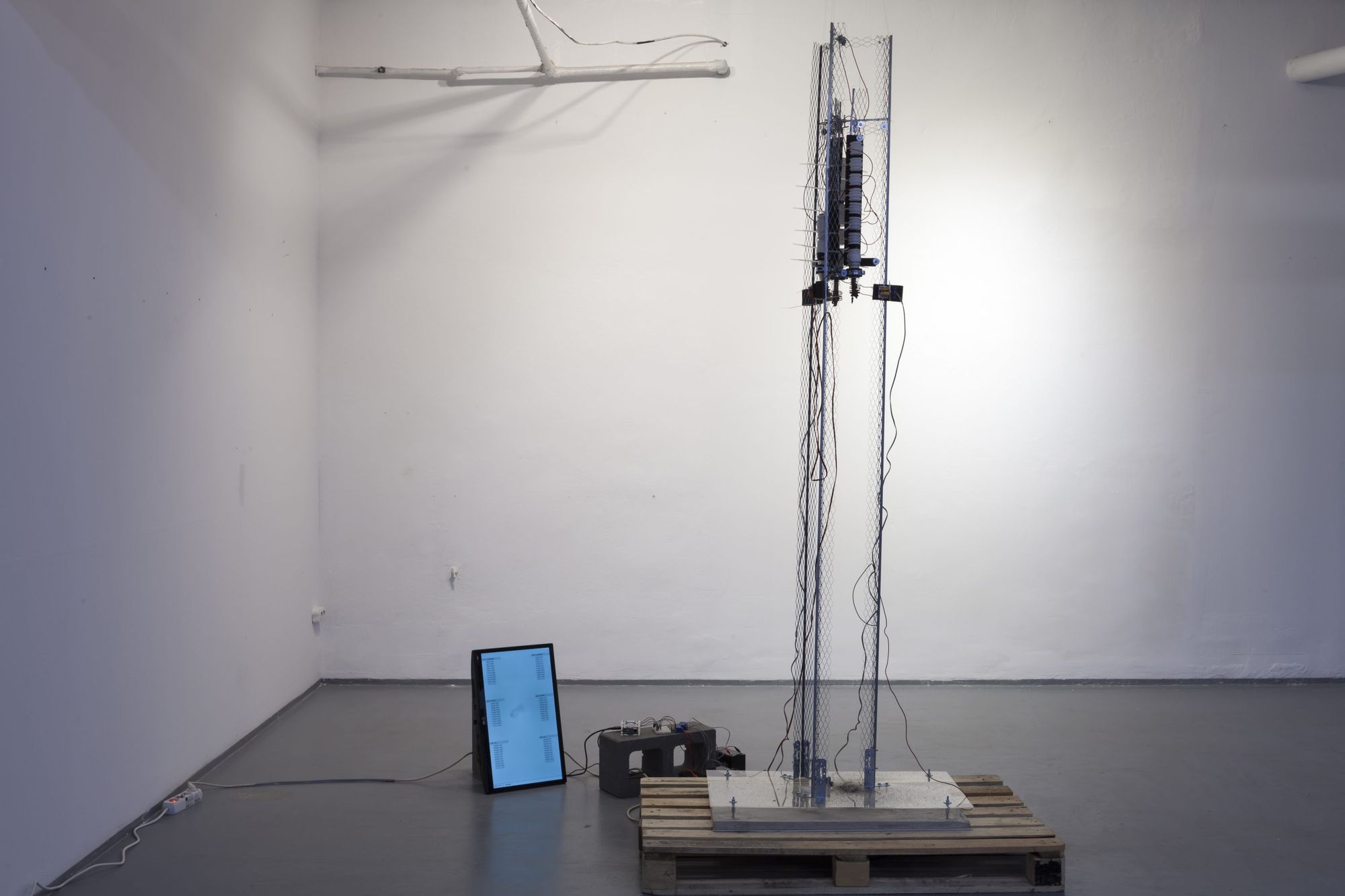
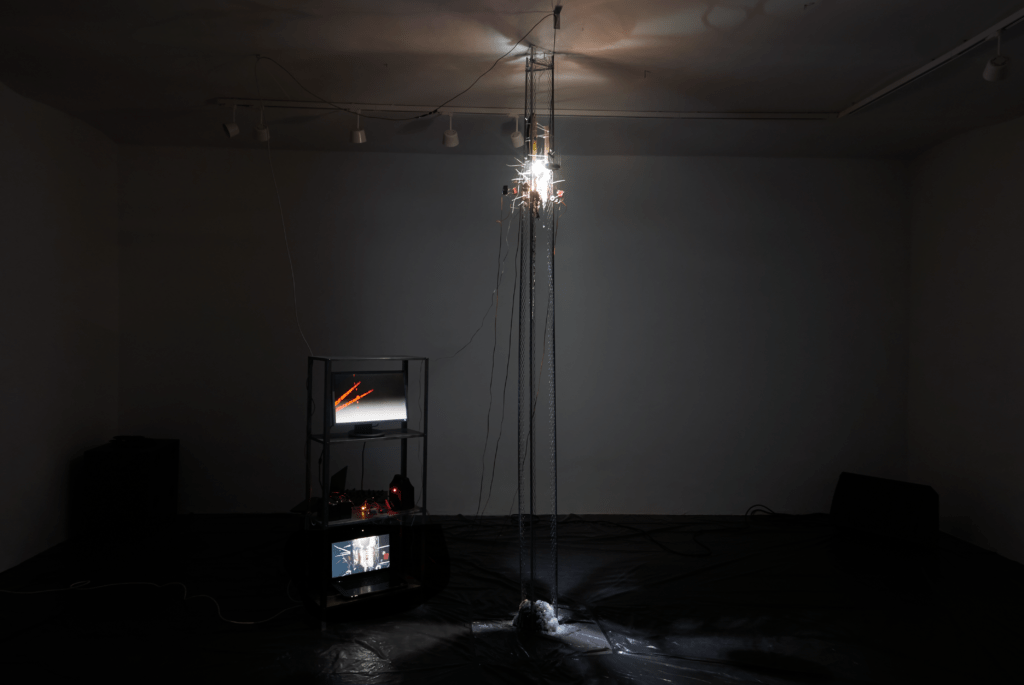

Photos of the opening: Júlia Bálint, Boglárka Tóth, Paula Fényes (students of MOME Institute for Theoretical Studies)
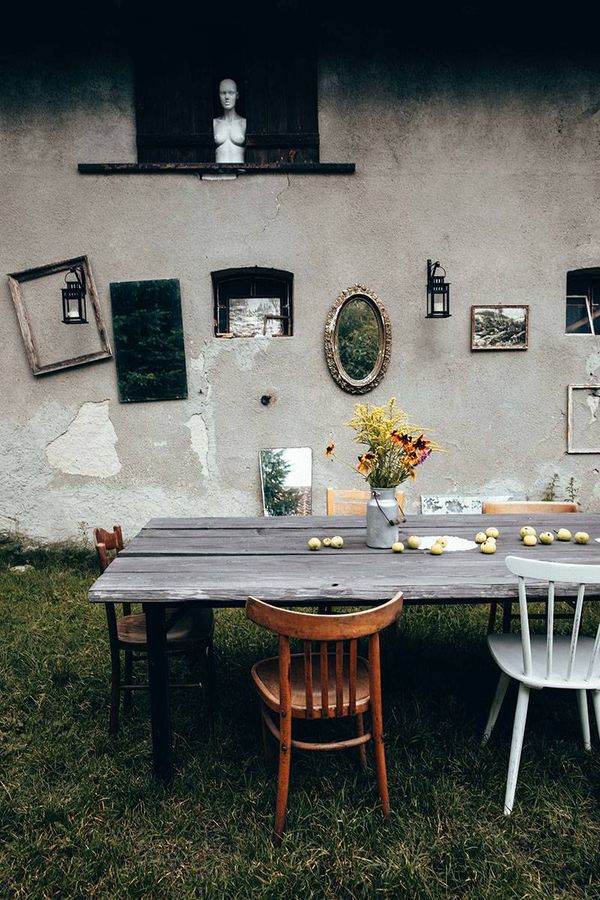
Vogue Travel: A guide to Poland like you haven’t seen before
